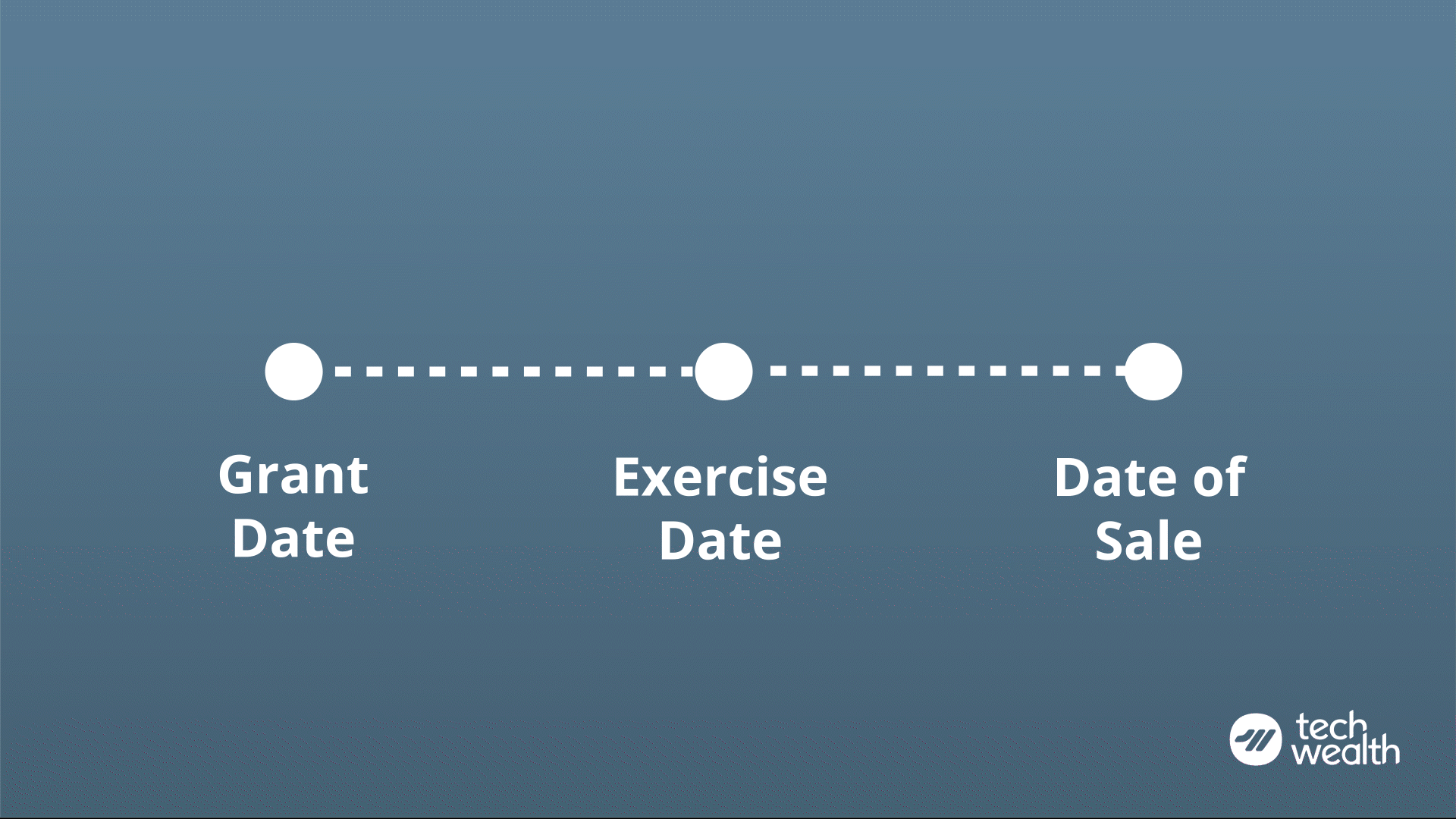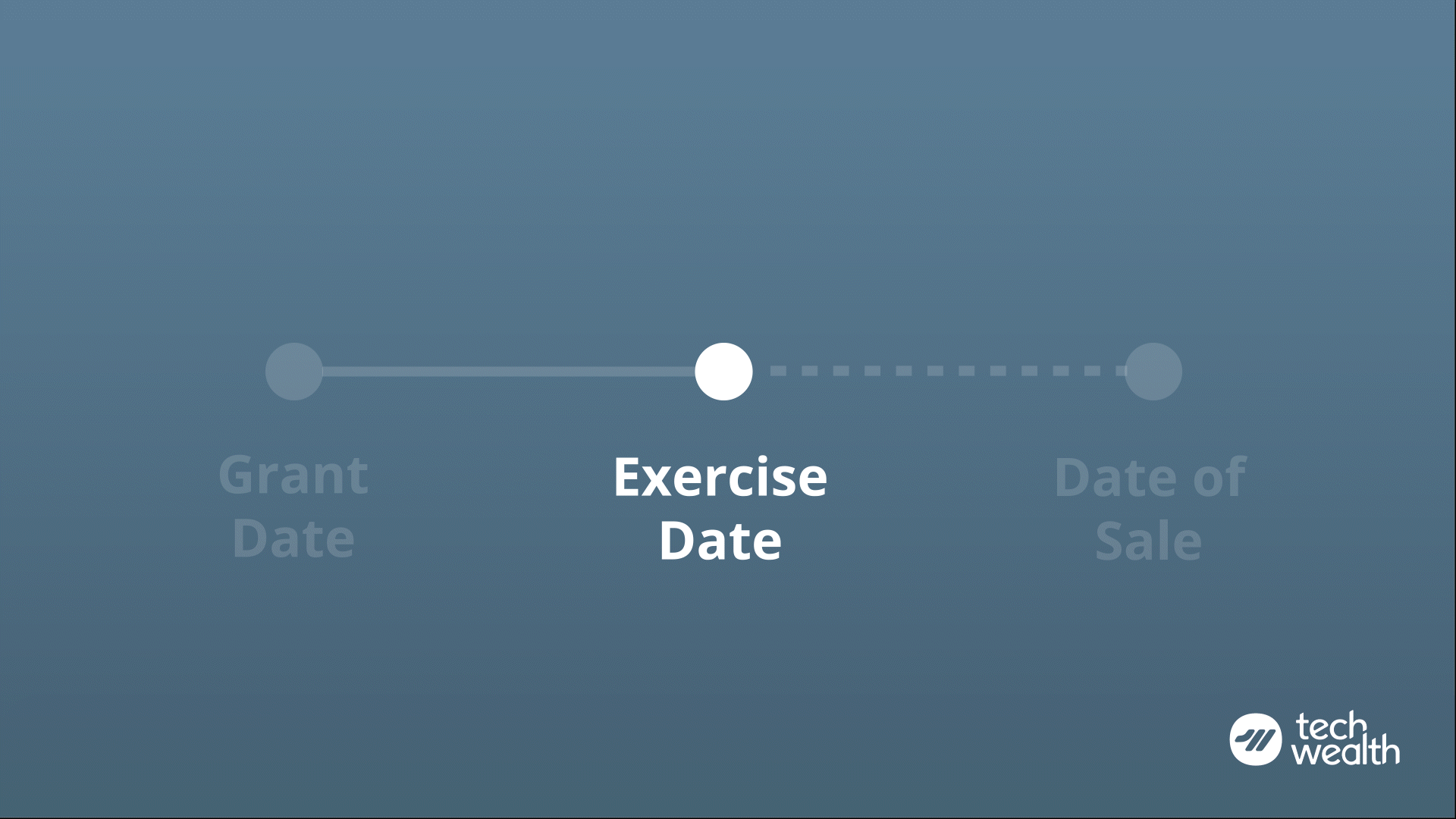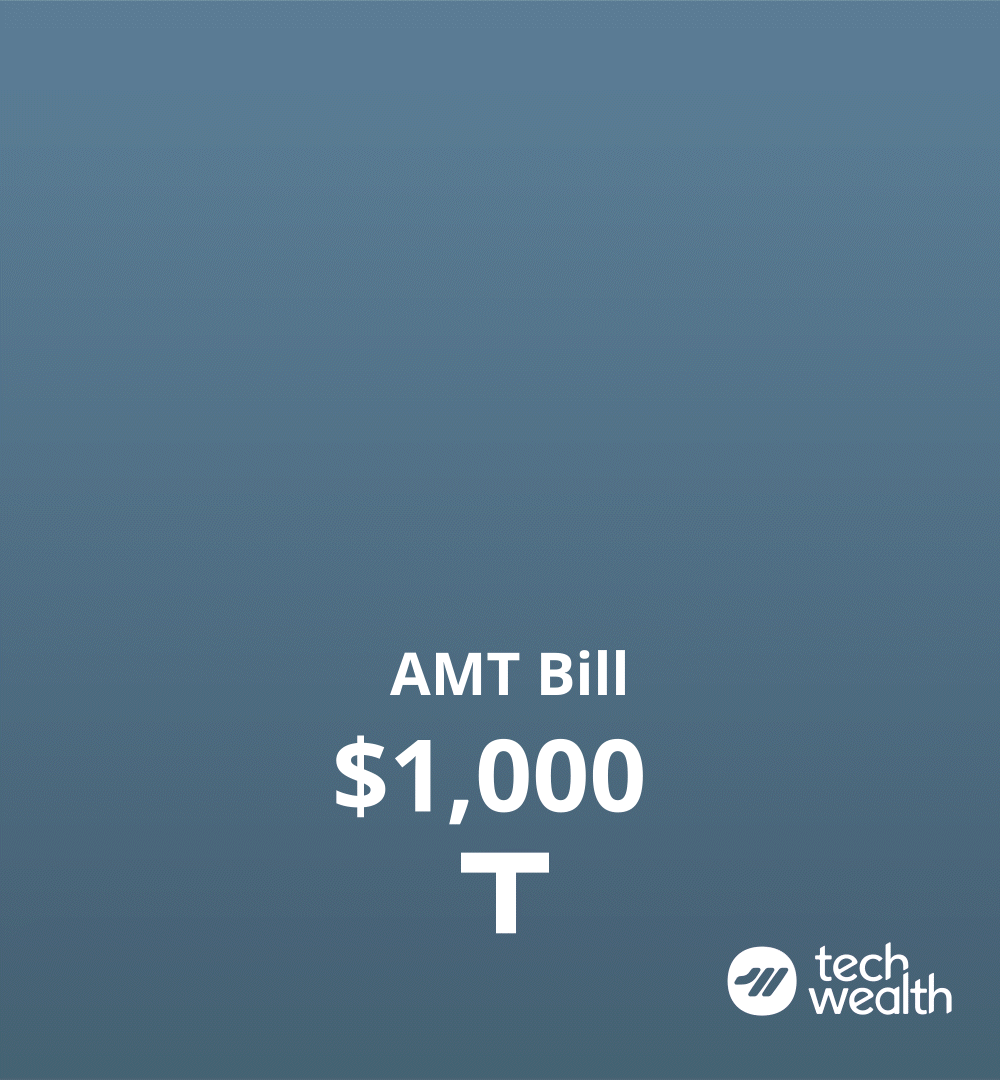Incentive Stock Options: Ultimate Guide
I’ll explain incentive stock options (ISOs) as simply as I can by comparing them to cereal. By the end of this article, you'll understand how Incentive Stock Options (ISOs) work and how to unlock the best tax rates. So pour yourself a bowl and get ready for some Trixs.
Important Dates
There are three main dates to your stock options—the Grant Date, the Exercise Date, and the Date of Sale. These are important dates where a lot can happen. Keep reading to discover what to be aware of.
Grant Date
The Grant date is when the company gives you the stock option. A stock option is like a coupon to buy cereal. When you're given a coupon to buy cereal, you don't own the cereal—you own the coupon. And that coupon, gives you the right to buy the cereal at a discounted price. Likewise, when you're granted a stock option, you don't own your company stock. But you do own the contractual right to purchase that stock at a set price.
The catch is, you can only use that stock option (or coupon) once it has vested. A vesting schedule is time that needs to elapse before you can use your coupon. For example, most companies require you stay at least 4 years for your equity to fully vest. That doesn't mean you have to wait 4 years to use your coupon. Usually, you have to wait 1 year (called a cliff) and then equity will start vesting on a quarterly or monthly basis. At the end of the 4 years, 100% of your equity will be vested.
What about the Tax implications for the grant date? On this date you have as many taxes, as I have friends…And because I don't have any friends, you don't have any taxes. There are no taxes on grant date! That doesn’t mean you can’t start planning for taxes. Start planning today!
So this granting usually happens when you're hired, or reach some other milestone at the company. While you don't necessarily get to pick the grant date, you do have a choice in the next important date. The exercise date.
Exercise Date
The exercise date is when you buy the shares. It's like using your coupon to actually buy the cereal. How much does it cost? Well, like any good coupon, your stock option will have important information on it, such as the expiration date and how much each share costs. That amount that you have to pay per share is called the "exercise price". To make it more confusing, they also call it the strike price, grant price, or purchase price. Once you pay that price, you receive a share and now own company stock., just like you'd own the cereal after buying it.
Let’s Captain Crunch some numbers …
A box of cereal costs $3. You own a coupon that allows you to purchase that box for $1. You walk into the store and hand the clerk $1 and show them the coupon. You walk out with a box of cereal worth $3.
Similarly, a share of your company stock costs $3. You have been granted a stock option with an exercise price of $1 per share. When you decide to exercise, you hand over $1 and show your stock option. You walk away with a share of company stock worth $3.
FREE ISO Cheat Sheet
Because you decide when to exercise, you may be wondering "When should I exercise?" Honestly, there's a lot that goes into that, so I've addressed that here. While everyone expects to become wealthy from their incentive stock options, just know that there's NO return policy! So if the cereal turns out bad, or your company flops... Not even Costco will take back that return! Because we're dealing with an investment, there’s always a risk that you’re buying worthless shares and ultimately lose money. I've got 4 tips to avoid mistakes that I'll share in just a minute.
So you use your coupon to buy cereal...And what do you do when you own cereal? Well, you eat it!
The Alternative Minimum Tax
You know how sometimes you pour your cereal before you realize you don't have milk? Well, a similar surprise catches people off guard when they exercise their stock options. Unlike the grant date, there are tax ramifications on the exercise date. You may be triggering a large tax bill. If you forget this, you may be shredded wheat, because AMT is a cereal killer!
You may have to pay the alternative minimum tax...or in Cereal terms, you're gonna need a lot of milk! Paying this tax is your responsibility, not your company's.
The spread between the grant price and the FMV on the date of exercise, will be included in the AMT calculation. This spread is called the bargain element and depending on your specific situation, it may or may not actually trigger the tax. The larger the spread, the more likely you are to trigger the tax.
In order to buy the shares and pay the taxes, you need to fork out some cash from your personal savings...except with a spoon. Ain’t nobody like writing CHEXs to the IRS!
A lot of people make sure they have enough savings for their exercise costs, but forget about the Alternative Minimum Tax. This tax usually costs more than just couch change. So plan for it now. If you’ve made this mistake, don’t beat yourself up over it. You’re Special K!
Milk in this analogy is like paying your taxes. When you have milk, you can enjoy your cereal. When you've paid your taxes, you can enjoy your stock. On the other hand, when your taxes aren’t paid...you go to jail. And that's about as bad as eating cereal without milk. Next, lets talk about the last important date for your stock options…
AMT and Incentive stock options go together like milk and cereal
Date of Sale
The 3rd important date to know is the date of sale (also known as the date of disposition).
This is the day that you sell your company stock. Or in cereal terms, the day you sell your cereal??? Okay, I get it…the analogy falls apart here, because you don't typically sell your cereal—unless you happen upon a corn flake that is the shape of Illinois.
At some point, you're going to want to sell your company stock so you can get the return on your investment. Maybe you want to retire early, make a down payment on a home, or fund a child's education. But when you do end up selling, here's how to unlock the best tax rates. It’s called Qualifying Disposition, but you can call it a tax loop hole…Or a tax fruit loop hole.
Don't sell your stock unless it's been two years from the date of grant, and one year from the date of exercise. This will effectively unlock the capital gains tax rates and prevent you from being taxed at the higher ordinary gains rates. That being said…Don’t let the tax tail wag the dog. Don’t forget to consider your ability to sell your company stock. Is it public or private stock? If your company is private, you might not be able to sell the shares as easily...if at all.
Here are 4 tips to help with your incentive stock options.
1. Make sure that exercising aligns with your financial objectives. Think about it, you're locking your money up in a single, concentrated stock that may not be liquid, or may turn out to be worthless. Are you sure you're wanting to put your financial goals on the line? There are trade-offs that you need to consider.
2. Consider your risk tolerance and capacity. Are you willing and able to take on this risk? If not, you might consider an alternate strategy.
3. Get a financial advisor because they're worth their weight in Gold...en graham's. A financial advisor who specializes in stock options can help you create a plan and optimize your decisions around when/how to exercise and sell.
Just like this cereal analogy is creative, we can get super creative when financial planning around your incentive stock options. If you're looking for a professional, Tech Wealth specializes in this and we're taking on new clients. Let’s work together!
4. The fourth tip, I'll start by sharing a stat you’re not going to believe. A lot of people pay over 50% in taxes on their incentive stock options. Let that sink in. Whatever you think your options are worth, cut that in half and give it to the government. I want you to pay as much tax as there is fat in 2% milk. The tip is to understand your tax bill before exercising, because you can't afford any surprises. Here's the trick to lowering your AMT tax bill...well let me just explain in this article here.
Did you find this article helpful? If so, make sure to share it with your coworkers...there’s a chance they need help understanding their ISOs as well.












